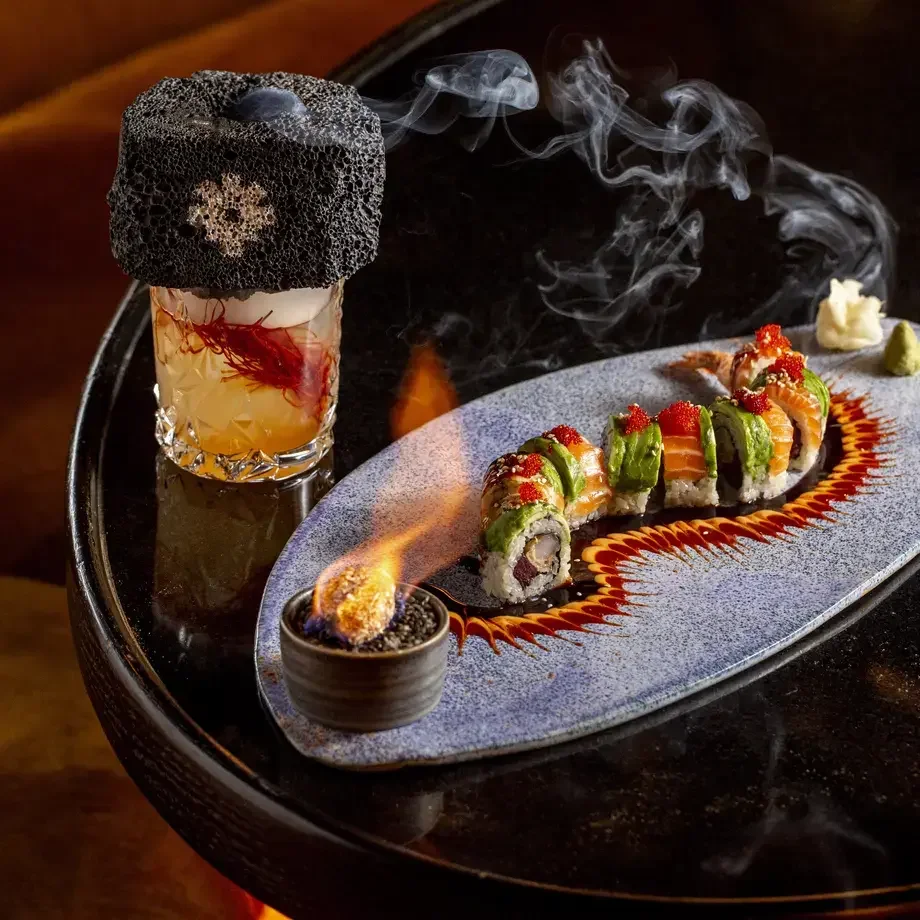At times, happiness can be a sound: 'crunch'. That’s what you hear when you bite into a tasty fried morsel or, better still, a perfectly made tempura: 'crunch', followed by a flavour that explodes on the palate. You chew it quickly, already anticipating the pleasure of biting into another crisp morsel. But what is tempura?
Tempura is a typical Japanese recipe often served and enjoyed at a restaurant table because few of us would dream of trying to prepare it ourselves. And yet, tempura is not so complicated to make, even though we have to know what we are dealing with.
Basically, tempura is method for frying fish or vegetables, using a very light batter made from chilled water, flour and eggs. In brief, it may appear to be a normal fry-up, but you cannot imagine how many little secrets are involved in turning out the sort of tempura you enjoy eating at your favourite restaurant.
Let’s start from the oil: as we already told you in our article dedicated to the science of frying food, it is important to use a quality oil, preferably olive or peanut. In this case, however, keep an eye on the temperature which should be higher than usual, around 190-195 °C. In fact, tempura calls for brief immersions and therefore higher temperatures to cook the food in less time.









